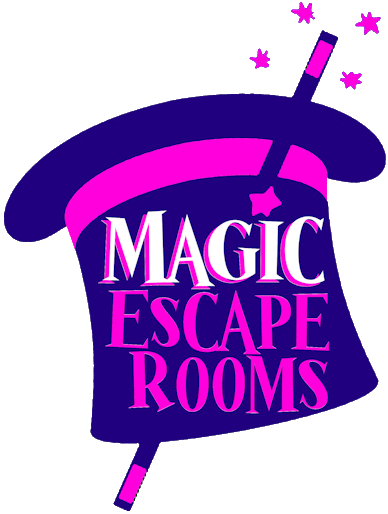Puzzles Versus Tasks
We Explore The Use of Both in Escape Rooms
In the vibrant worlds creators make within escape rooms, there's often a split between two core elements: tasks and puzzles. At first glance, they might seem interchangeable, but dig deeper, and you'll find that each serves a unique role in crafting an unforgettable experience.
What Are Tasks Within Escape Rooms?
Tasks are activities players must perform to progress. They often mimic real-life actions, like assembling a mechanism, matching keys to locks, or deciphering codes through observation. Tasks fit seamlessly into the escape room’s narrative. They make sense within the game's world, enhancing immersion. For example, in a bank heist scenario, disabling an alarm system is a task that feels authentic. Tasks can be particularly gratifying because they allow players to feel like they are directly affecting the room escape environment.
Escape Room Puzzles: Yes and No.
Puzzles, on the other hand, are more abstract. They require cognitive effort to solve and can range from jigsaw puzzles to complex riddles. While puzzles can be fun, they sometimes break the illusion if they don’t logically fit within the escape room’s story. An ancient Egyptian tomb themed room with a Sudoku puzzle, for instance, can feel jarring and out of place.
Magic Escape Rooms in downtown Columbus, Ohio, subscribes to the philosophy that tasks that fit organically into the room's world are more engaging than disjointed puzzles. This approach prioritizes coherence in the narrative, making the experience more immersive and enjoyable. We believe that a well-designed task, even if it’s simple, can provide a richer gaming experience than a complex puzzle that doesn't make narrative sense. And it is possible to make a task “feel” like a puzzle in its design by creating something that must be figured out, first, to complete it.
In the Magician’s Secret escape room, one task in particular feels very puzzle-like and often requires multiple people to work together to solve and complete it. We took the design of a vintage stage magic prop and created a multi-step task that fits the theme of the game’s era very, very well.
In essence, while both tasks and puzzles have their place in escape rooms, tasks that seamlessly blend into the story elevate the entire experience. Puzzles must have a reason to be in the escape room story; otherwise, their existence in the escape game works against player immersion (and they should be removed).
Magic Escape Rooms understands this balance, creating games that are not only challenging but also deeply immersive. This is a big part of why the Magician’s Secret is a Columbus, Ohio best escape room to play!


